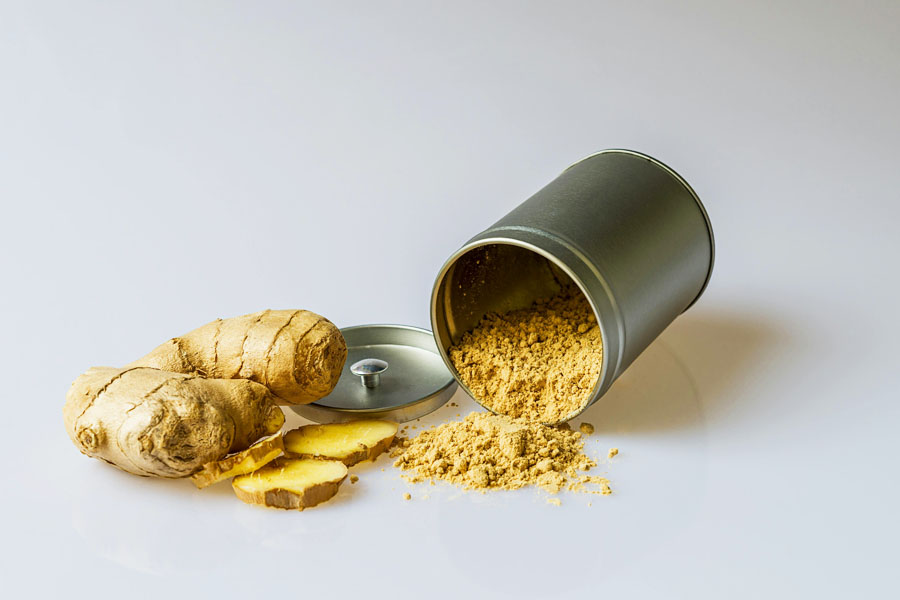Created on Monday, July 08, 2013 12:11 pm
This is an in vitro study, conducted by researchers affiliated with the Faculty of Pharmacy at the University of Sydney, published in the scientific journal “Planta Medica.
This study shows that a certain type of gingerol, a component of ginger, can increase the number of GLUT4 proteins located on the cell membranes of muscle cells. GLUT4 (Glucose Transporter type 4) is an insulin-regulated protein located on muscle cell membranes. GLUT4 allows glucose to enter the muscle cell so that the muscle cells can use the glucose as an energy source. Through this mechanism, blood glucose levels can be better regulated.
Several types of gingerols were examined in the study, and in particular, (S)-[8]-gingerol was found to be most effective in increasing the number of GLUT4 proteins. With this, this type of gingerol seems to possess the most glucose uptake potential. Based on these results, the researchers argue that ginger may contribute positively to the prevention and treatment of hyperglycemia and type II diabetes.
Ginger, however, has more beneficial properties for humans. For example, ginger is known to have antibacterial properties and can work effectively against Helicobacter Pylori, a bacterium that in many cases is the cause of gastritis. Also, ginger can help with nausea.
Li Y et al: Gingerols of Zingiber officinale enhance glucose uptake by increasing cell surface GLUT4 in cultured L6 myotubes; Planta Med, July 24, 2012 [Epub ahead of print]. PMID 22828920.

